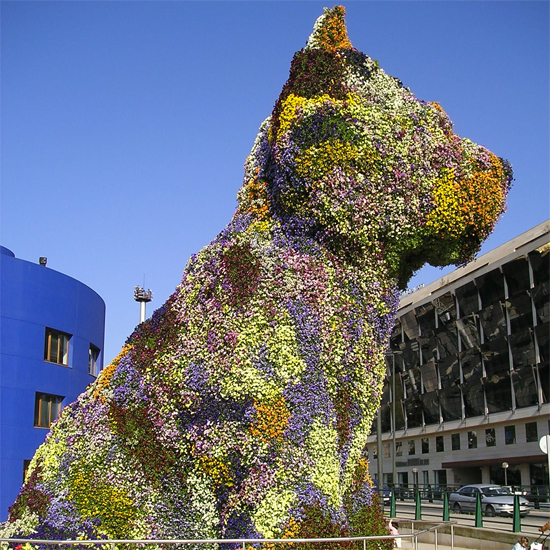About a month ago, a rather extraordinary fellow named Saji Thomas contacted me about a Kathakali performance he was arranging at the Indian Cultural Center and Temple complex out east of Memphis. Saji-ji turned out to be a real force of nature that picked up everything and everyone and moved them along in the direction of the purpose.
The consequence was a lovely, Sunday afternoon performance of a Ravana story performed by K. Shanmukhan. The occasion also afforded me the opportunity to meet Kalamandalam Kaladharan, a Kathakali scholar of some renown. So, I was very much the beneficiary of my involvement.
Even if you’re not interested in such things as Kathakali, you should go look at video of the performance and photos from the event here. You might change your mind about whether you are interested in such things.
Someone involved in the program shot video of a lecture Saji-ji invited me to give prior to the performance. I wasn’t aware the video camera was running, or I’d have straightened my tie. The twenty-minute lecture-ette concerns rasa, a theoretical concept through which (I argue), theatre and religion converge.
If the lecture itself is not sufficiently boring, consider this:
We in the modern West have been trained by a number of early twentieth-century forces—not least of which is Stanislavskian naturalism—to measure dramatic art with an emotional yardstick. That is, we think that a play (or a movie, etc.) is “good” to the extent that it makes us feel what appears to us as authentic emotion. (To some extent this emotional bias goes back to a renaissance misunderstanding of Aristotle, so that we are confident that the emotional measure of art has always been the standard.)
An interpretation of rasa as emotion or feeling transmogrifies this South Asian concept by bringing it into a conventional Western paradigm. Emotion has something to do with rasa, but is not what rasa is.
Heidegger insisted that we exist, individually, in “moods”, and he saw that “moods”—as opposed to feelings or emotions—do not have specific objects in the world. I might feel angry towards the dog that pooped on my lawn, but if I’m in an angry “mood”, my anger isn’t towards any thing in particular, but, rather, a kind of impersonal anger covers or infiltrates everything in the world around me.
Heidegger calls this condition Befindlichkeit. I don’t really speak German, but the experts tell me that the term denotes a quality of being in the world, and that quality or tone seems to operate largely on its own, pulling and pushing our sense of how we are in the world at a given moment.
I would suggest that Heidegger is approaching rasa, here. Rasa, says Bharata, the 4th-century, CE, theorist, is not a created thing. Unlike emotions and feelings, rasa isn’t caused or engendered by art, but is an essential quality of existence, surrounding performer and audience, together. An art work does not determine rasa, but is largely determined by it. Similarly, our feelings and emotions do not make rasa. Rather, rasa shapes feeling, and determines how we are in the world.
I’m not convinced that reconciling ideas from different cultures is necessarily a laudable enterprise, but we might put rasa, Befindlichkeit, and spirituality in a basket together, to see how they look next to each other. The term “spirituality” may be a way of talking about the tone of our existence, a quality that transcends our own particular being and that conditions and qualifies all that we encounter—including art and religion.
Just as art does not determine the tone of existence, in which we and art stand side-by-side, religion (particular religion, particularly) does not determine our spirituality, but sits alongside us within it.













